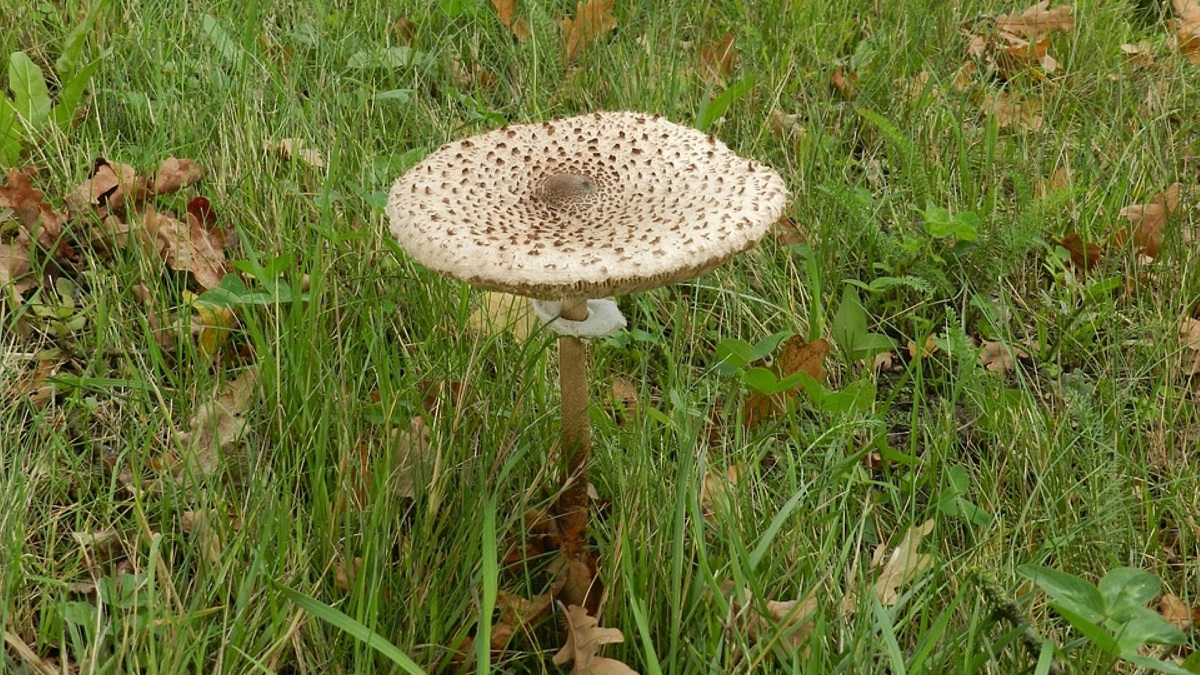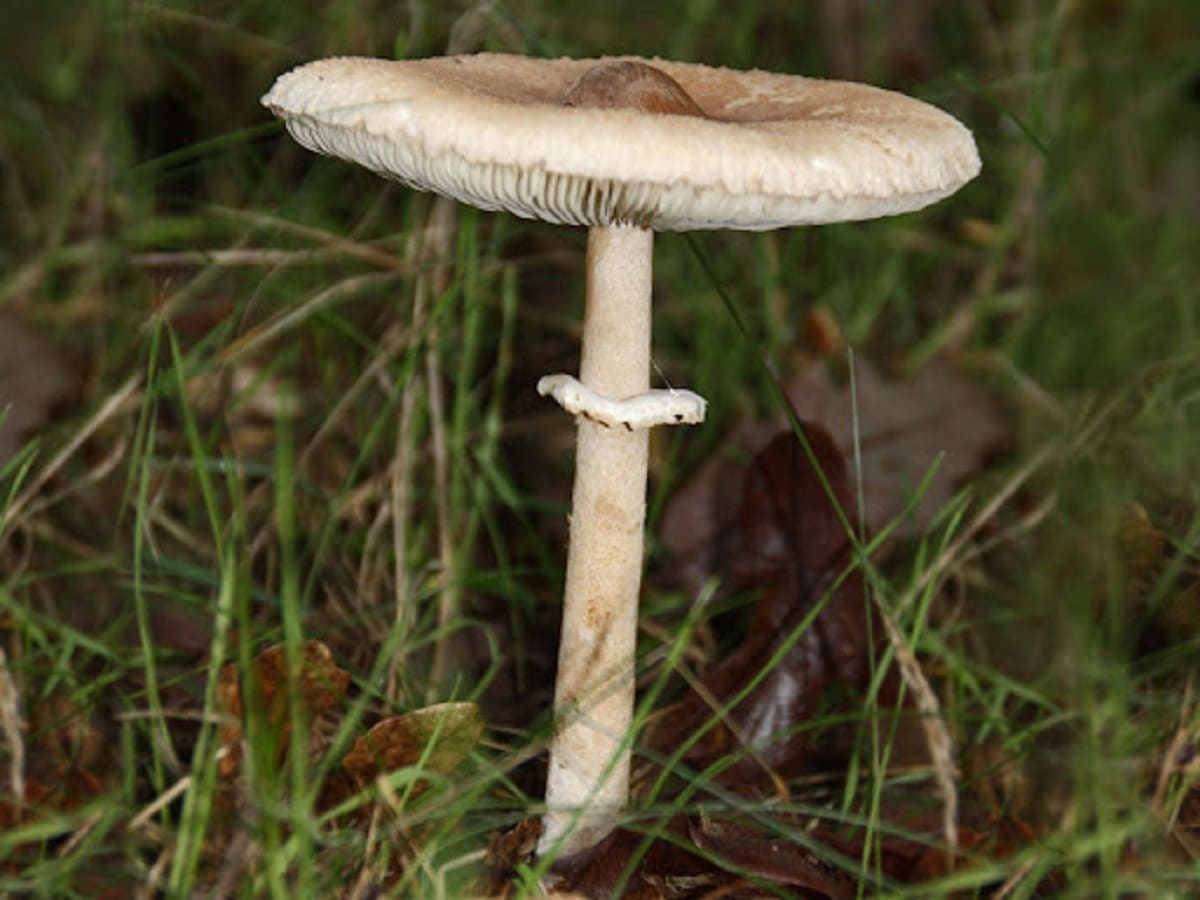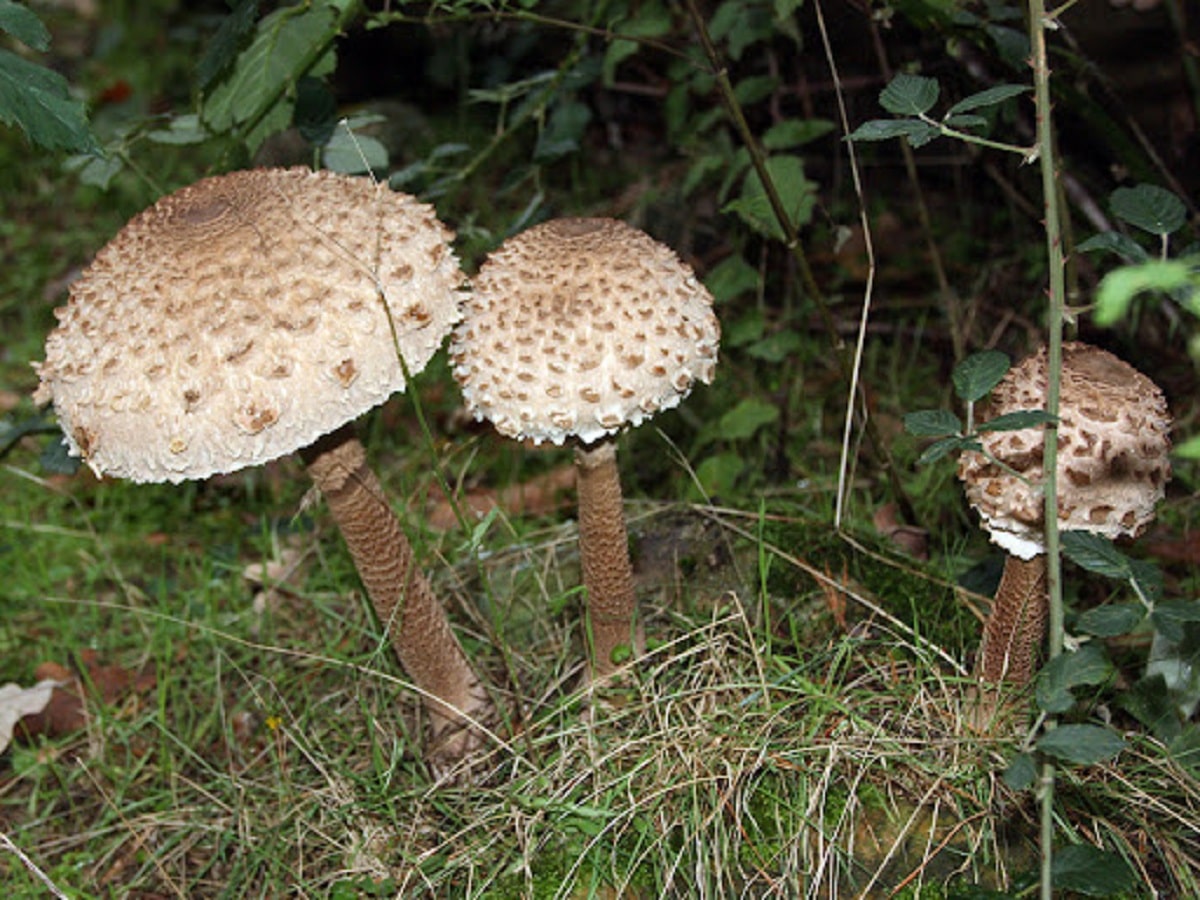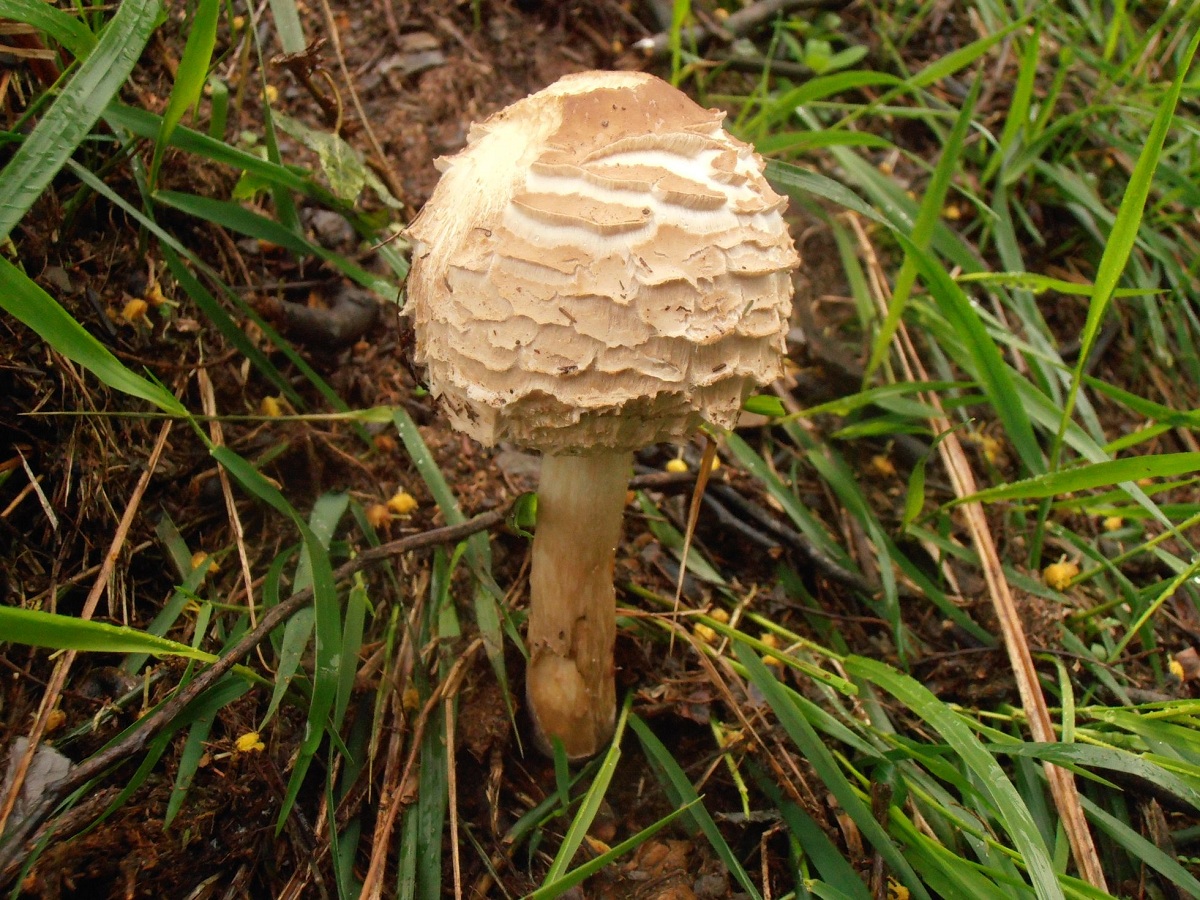
Throughout our peninsula grows a type of mushroom that tends to be very confused with another that is toxic. It is about the Macrolepiotes. They are mushrooms that are frequently confused with lepiotes and there are many people who walk through our meadows and forests and are novice amateurs who read comments and photographs of networks and collect inappropriate specimens. You have to know how to recognize the characteristics to differentiate between them.
Therefore, we are going to dedicate this article to tell you all the characteristics and biology of Macrolepiotes.
Key features
The most common Macrolepiotes that we can find in the meadows and forests are the following: Macrolepiota procera, Macrolepiota rhacodes, Macrolepiota excoriata and Macrolepiota mastoidea. We are going to delve into the characteristics of each one of them.
macrolepiota procera
It is a mushroom that has a large hat up to 25 centimeters in diameter. When the specimen is young it has a spherical appearance, but later, as it develops, it becomes convex. Lastly, in adulthood it becomes flattened with a visible central mamelon. It has a dry cuticle and is covered in large dark brown scales with a beige or white background.
It has quite numerous blades and they are tight between them and are quite wide. They have a white color when young and beige when aging. As for the foot, it is tall, cylindrical and more wide at the base. It ends in a large bulb that is half buried. It is a quite fibrous foot of light brown color that, when growing on the surface, cracks the world and forms zigzag patterns on a lighter background. It has a high double ring that is mobile when mature and is white above and brown below.
Lastly, its meat is thin, sparse and white in color. It has a hat leg texture but fibrous on the foot. Its taste and smell are pleasant. This mushroom can be found during the fall and spring time in various habitats. The most frequent places to find the macrolepiota procera on the edges of the roads, meadows, chestnut groves, pine groves, ditches and cork oaks. It is considered an excellent edible, especially the hats that have the copies that have not yet been fully opened.
It is a very abundant and precious mushroom in many localities of the peninsula. It can be easily recognized by its large size and the characteristic pattern of the foot.
Macrolepiota rhacodes
It is a type of mushroom that has a hemispherical or conical hat when it is young and becomes convex as it develops, finally spreading into adulthood. It is usually a hat that does not have a mamelon, unlike the example described above. Said hat it usually measures between 5 and 15 centimeters in diameter. The surface is covered with a greyish fluff with large brown scales. What stands out about the meat of the Macrolepiota rhacodes is that it is white but it reddens when splitting. It is quite an important fact to take into account to know how to differentiate between species.
It has white, uneven and free blades unlike the previous specimen. They are sheets that stain red when rubbed. As for the foot, it is of the elongated type and has a grayish ocher color, slightly lighter in color. The ring is movable and its base is bulbous. It can be found both in summer and in autumn in coniferous and deciduous forests. It is considered of the same quality as the macrolepiota procera in terms of edibility. Nevertheless, can easily be confused with other lepiotes whose flesh also turns red but can cause mild poisoning. One of the mushrooms with which he has the most confusion with Macrolepiota venata. This has a hat with a brown, smooth and fairly wide central area with a star-shaped design. They usually appear in places with high organic matter content.
macrolepiota excoriata

It is another of the specimens that belong to this family. It has a hat that is closed at first, but turns from conical to convex as it develops. Finally, it becomes flattened and is distinguished by having a slight mamelon. It has a dimension between 4 and 12 centimeters in diameter and it has a cuticle that is covered with smaller scales at the margins. It is rotated in a star from the margin and its color is cream or hazelnut with a whitish background. The blades are abundant, numerous and close together. They are seen with a slim appearance and a white color that turns beige as they age.
As for the foot, it is cylindrical and slender. The base is made of volva, with a smooth texture and a color between whitish and beige. It has a simple but quite persistent ring. Its meat is quite thin and tender on the hat but more fibrous on the foot. It is white in color and has a sweet taste and a pleasant smell. These specimens can be found in autumn and spring in some habitats such as grasslands and meadows. It is considered a good edible, especially the hats of the specimens that have not been opened at all. In almost all Macrolepiotes this occurs.
Mastoid macrolepiota

It has a medium-sized hat, measuring up to 14 centimeters in diameter. When it is young it has a cone or balloon shape and, as it develops, it becomes a widened bell shape. Finally, it can be flat extended and always maintains a characteristic pointed mamelon. Its cuticle has a cream color turning brown when it is adult. It can be distinguished with the darker scales that are distributed randomly. The mamelon can be separated from the meat easily. Its blades are clearly free and with a softer appearance. They are very tight between them and have a white color that only changes to creamy with lamélulas.
As for the foot, it is of the central type and has a cylindrical shape. It is a type of hollow and fibrous foot. Its length is 18 centimeters and a thickness of one centimeter in diameter. The color of the foot is whitish and is finally covered by a kind of cream-colored felt that can be seen more in its upper part. Its meat is also whitish in color with a thick and tender caton. Its smell is fungal but it has a mild sweet and very pleasant taste.
These specimens can be found in any habitat such as clearings in forests of all kinds, roadsides or grasslands. They can be found in autumn and we can see it both individually and in small groups. It is considered a good edible but meat is a bit scarce.
I hope that with this information you can learn more about Macrolepiotes.

